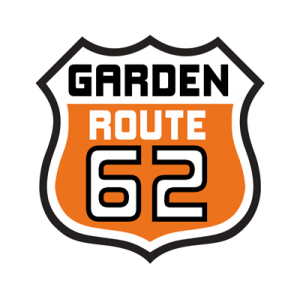Paarl or more commonly derived from Parel, meaning “pearl” in Dutch is a city with 191,013 inhabitants in the Western Cape province of South Africa. It is the third-oldest city and European settlement in the Republic of South Africa (after Cape Town and Stellenbosch) and the largest town in the Cape Winelands. Due to the growth of the Mbekweni township, it is now a de facto urban unit with Wellington. It is situated about 60 kilometres (37 mi) northeast of Cape Town in the Western Cape Province and is renowned for its haunting scenic beauty and deep viticulture and fruit-growing heritage.
The area that is now known as Paarl was first and is still inhabited by the Khoekhoe. The Peninsular Khoikhoi people and the Cochoqua people live in this area divided by the Berg River Valley. The Cochaqua were cattle-herding people and among the richest of the Khoi tribes. They had between 16,000-18,000 members and originally called Paarl Mountain, Tortoise Mountain.
The Dutch East India Company, under the leadership of Jan van Riebeeck, established meat-trading relationships with the Khoikhoi people on the Table Bay coastline. In 1657, in search of new trading relationships inland, Abraham Gabemma saw a giant granite rock glistening in the sun after a rainstorm and named it “de Diamondt en de Peerlberg” (Diamond and Pearl Mountain), from which Paarl is derived. Gabemma (often also spelled Gabbema) was the Fiscal (public treasurer) for the settlement on the shores of Table Bay. The “diamonds” disappeared from the name, and it became known simply as Pearl Rock or Pearl Mountain.
In 1687, Governor Simon van der Stel gave title to the first colonial farms in the area to “free burghers”. The following year, the French Huguenots arrived in the Western Cape and began to settle on farms in the area. The fertile soil and the Mediterranean-like climate of this region provided perfect conditions for farming. The settlers planted orchards, vegetable gardens and, above all, vineyards. Thus began Paarl’s long and continuing history as a major wine- and fruit-producing area of South Africa.
In 1875 a congregation was formed out of a desire to be educated in their mother tongue. This was the result of a Reverend GWA van der Lingen idea who tried to motivate and convince people of his principles. The congregation would raise funds and begin construction of a church that would later be known as the “Toring Kerk” (Tower Church). Construction finished in 1905. The church contains materials imported from London and Egypt.
The arrival of the European settlers brought on conflict with the Khoikhoi people, as land and water resources began to be contested and the Khoi traditions of communal land use came in conflict with the settler’s concept of private property. The Khoi peoples were defeated in local war and were further decimated by European diseases. The population scattered inland toward the Orange River or became laborers on settler farms.




